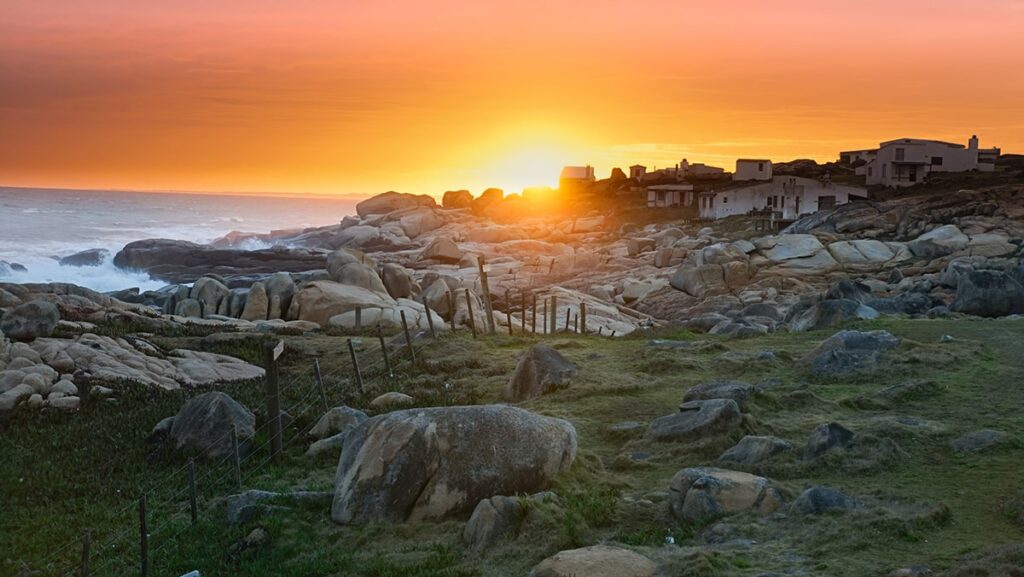1. Cattle: Uruguay has 3.8 cattle per capita, making it the country with the highest concentration of cattle in the world. There are approximately 12 million cattle in total
2. Laptops for everyone: In the ‘One Laptop per Child’ program, Uruguay was the first country to purchase laptops for all its school children. Since there are approximately 362,000 school children in Uruguay, over 360,000 computers were purchased (approximately 100,000 in 2007, over 200,000 in 2008 and over 160,000 in 2009)
3. National anthem: Uruguay has the world’s longest national anthem (Orientales, la Patria o la Tumba), lasting around 6 minutes. Incidentally, the song was written by the same man (Francisco Acuña de Figueroa) who wrote the Paraguayan national anthem
4. McHuevo: At McDonald’s in Uruguay you can get a McHuevo, which is a hamburger with poached egg
5. Football: Uruguay has won the World Cup twice; the first time in 1930 in the world’s first World Cup and the second time in 1950 when they beat host nation Brazil in the final. In addition, Uruguay has won the Copa América more times than any other nation

Fact: Uruguay has won the World Cup twice (in 1930 and 1950). In the years 2000 – 2010, Uruguay exported 1,414 footballers (almost as many players as its neighbors Brazil and Argentina)
6. Football players: In the period 2000 – 2010, Uruguay exported 1,414 footballers abroad (that’s 128 football teams!). In total, Uruguay exported almost as many footballers as Brazil and Argentina, even though the two countries are 58 and 12 times larger than Uruguay in terms of population
7. Cannabis: Uruguay legalized the use of cannabis in 2013. Unlike most other countries where the drug is legalized, Uruguay has chosen to allow the public to produce cannabis in order to undercut the drug cartels
8. Corruption: Uruguay is the second least corrupt country in South America (only surpassed by Chile)
9. Marriage: Same-sex marriage (gay marriage) has been allowed in Uruguay since 2013
10. Name: The official name of Uruguay is: La República Oriental del Uruguay, which actually means the republic east of Uruguay (the river), but today the name translates to the country’s official title ‘Oriental Republic of Uruguay’. The name ‘Uruguay’ comes from the Uruguay River, but the origin of its name is uncertain. However, it is known that the name originates from the Guaraní language and means “river of the painted birds”

Fact: At the southernmost point of Uruguay, ‘Punta del Este’ is a city (and resort) and a very popular tourist destination





